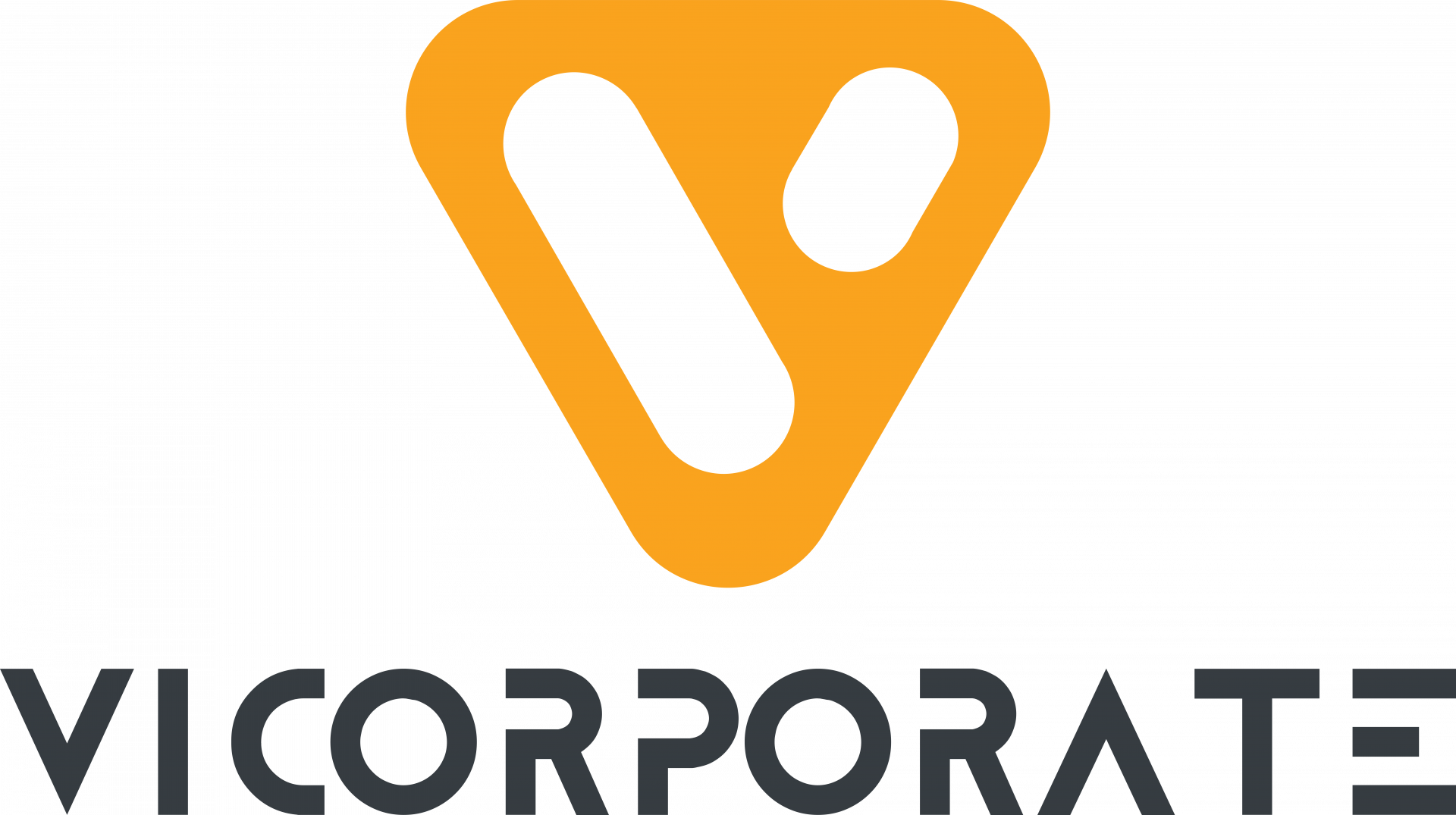A/B Testing for Beginners: How to Improve Your Funnel with Data
Meta Description: A/B testing for beginners made simple. Learn how to run split tests to improve your marketing funnel, boost conversions, and make data-driven decisions. Start optimizing today! If you’re new to online marketing, A/B testing for beginners might sound intimidating. However, this guide breaks down the process into simple, actionable steps. A/B testing (or split testing) compares two versions of a webpage, ad, or email to see which performs better. Most importantly, it replaces guesswork with data-backed insights. In this guide, you’ll learn how to run A/B tests, avoid common mistakes, and use results to optimize your marketing funnel. Let’s dive in! What Is A/B Testing? A/B testing involves comparing two versions (A and B) of a single element to determine which resonates better with your audience. For example: Version A: A CTA button that says “Buy Now” Version B: A CTA button that says “Get Yours Today” First, you’ll split your audience evenly. Then, you’ll show each group a different version and measure metrics like clicks, sign-ups, or purchases. Finally, the winning version becomes your new default, ensuring continuous improvement. Why A/B Testing Matters for Your Marketing Funnel Without testing, you’re relying on assumptions. On the other hand, A/B testing gives you data-driven clarity to optimize every stage of your funnel. Here’s how it helps: Landing Pages: Improve conversion rates by testing headlines, images, or forms. Emails: Boost open rates with different subject lines or click-through rates with varied CTAs. Ads: Identify high-performing copy, visuals, or audience targeting. User Experience: Reduce bounce rates by testing layouts or navigation. By testing regularly, you’ll refine your strategy and grow your ROI over time. A/B Testing for Beginners: 5 Simple Steps Follow this framework to run your first test confidently: 1. Define Your Goal Start with a clear objective. Ask yourself: “Do I want more email sign-ups, sales, or clicks?” “Which metric will I measure (e.g., conversion rate, time on page)?” Example Goal: Increase checkout page conversions by 10%. 2. Choose One Element to Test Test one variable at a time for accurate results. Common options include: Headlines or subheadings Button colors or text Images or videos Form length or fields Pro Tip: Start with high-impact elements like CTAs or pricing displays. 3. Create Versions A and B Version A (Control): Your original design. Version B (Variation): The same design with one change (e.g., a green button instead of blue). For best results, use tools like Google Optimize or Optimizely to build variations easily. 4. Split Your Audience Divide traffic evenly using your testing tool. Additionally, ensure your sample size is large enough for statistically significant results. 5. Analyze and Implement Run the test until you hit statistical significance (typically 95% confidence). Tools like VWO or HubSpot automatically calculate this. Winner Found? Implement the better-performing version. No Clear Winner? Refine your hypothesis and retest. Common A/B Testing Mistakes (And How to Avoid Them) Beginners often stumble with these pitfalls: 1. Testing Multiple Variables at Once Problem: Changing headlines and button colors muddies results. Solution: Instead, test one element per experiment. 2. Ending Tests Too Early Problem: Declaring a winner too soon leads to false conclusions. Solution: Therefore, wait for 95%+ statistical significance. 3. Ignoring Mobile Users Problem: 58% of web traffic is mobile—don’t exclude this audience. Solution: As a result, always test across devices and screen sizes. Top A/B Testing Tools for Beginners Simplify your workflow with these tools: Google Optimize (Free + integrates with Google Analytics) Optimizely (Robust features for advanced testing) VWO (All-in-one platform for A/B and multivariate testing) HubSpot (Built-in A/B testing for emails and landing pages) Conclusion: Start Testing, Start Improving A/B testing for beginners is your secret weapon to optimize marketing funnels and drive growth. By testing strategically, you’ll make informed decisions that boost conversions, engagement, and revenue. Ready to go deeper? Explore our Beginner’s Guide to Marketing Funnels to master audience targeting, lead nurturing, and more.
A/B Testing for Beginners: How to Improve Your Funnel with Data Read More »











